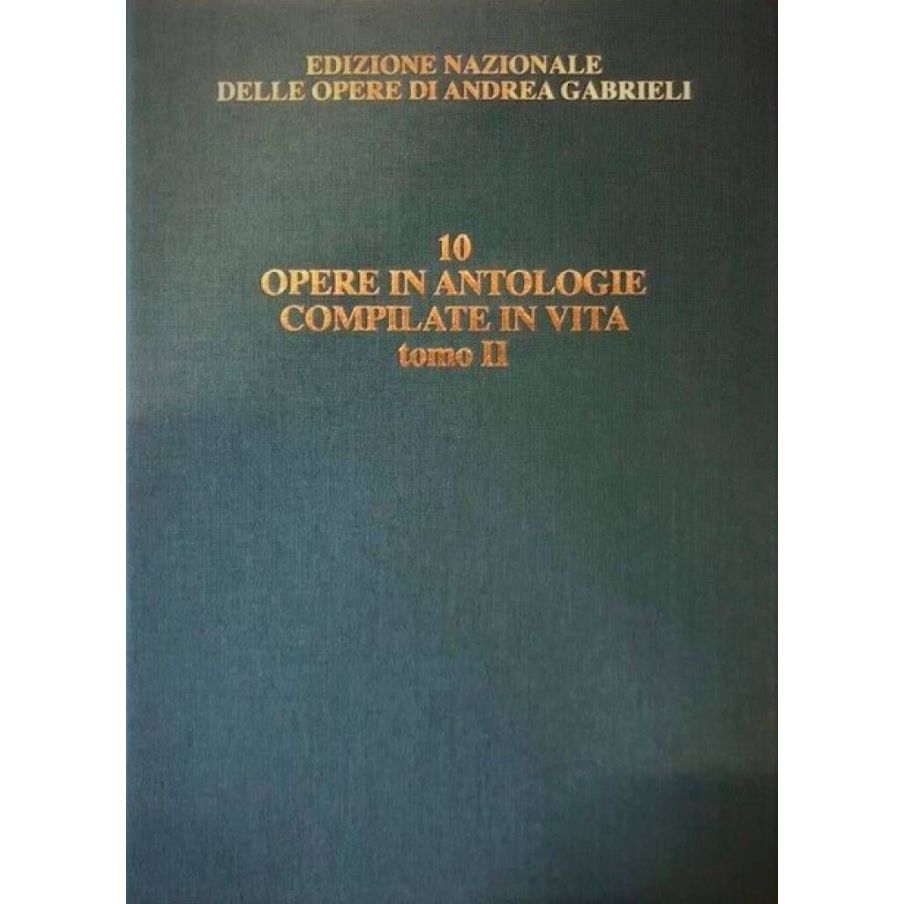| Series | UMPC Critical Editions |
|---|
| Language | Italian-English |
|---|
| Pages | 328 |
|---|
| Publication Date | 2022 |
|---|
| ISBN | 9788881920754 (8881920751) |
|---|
| ISMN | 9790041422701 (M041422701) |
|---|
Vol. 10 of the Complete Works, articulated in two parts, contains the music found exclusively in manuscript and printed anthologies compiled prior to the great sixteenth-century Venetian composer’s death in 1585.Broadly speaking, Gabrieli’s contributions to collective anthologies fall into the following categories:1) celebratory compositions, in several cases conceived as individual contributions to madrigal cycles by various composers in honour of more or less prominent Venetian or other personalities;2) compositions originating in social and cultural circles close to Gabrieli; products of the composer’s habitual interaction with patrons, poets and musicians in mid sixteenth-century Venice, these compositions are published in anthologies containing similar works by other composers in Gabrieli’s milieu;3) individual madrigals inserted in generic multi-author anthologies.Vol. 10/I features eight compositions on texts in Latin, Italian and ‘stradioto’ dialect (a linguistic concoction in which words of Greek origin appear against a background of simulated Venetian dialect). These include Gabrieli’s contribution to a Corona of nine sonnets by various composers on the death of Annibale Caro, the celebrated man-of-letters whose production comprises a highly successful Italian translation of Virgil’s Aeneid. The entire Corona is edited in the Complete Works.Gabrieli’s presence in multi-author anthologies follows a predictable pattern. The young composer’s earliest madrigals appear in editions of music by well-established authors (Vincenzo Ruffo, Cipriano de Rore) or collective anthologies edited by enterprising local musicians or other cultural figures (Giulio Bonagiunta, a singer at St Mark’s; the Venetian poet, actor and musician Antonio Molino). These give way to anthologies of music by highly celebrated composers, to which Gabrieli, his reputation now secure, accedes by invitation; and, beginning in 1583, non-Italian publications (increasingly common in the years following the composer’s death).



